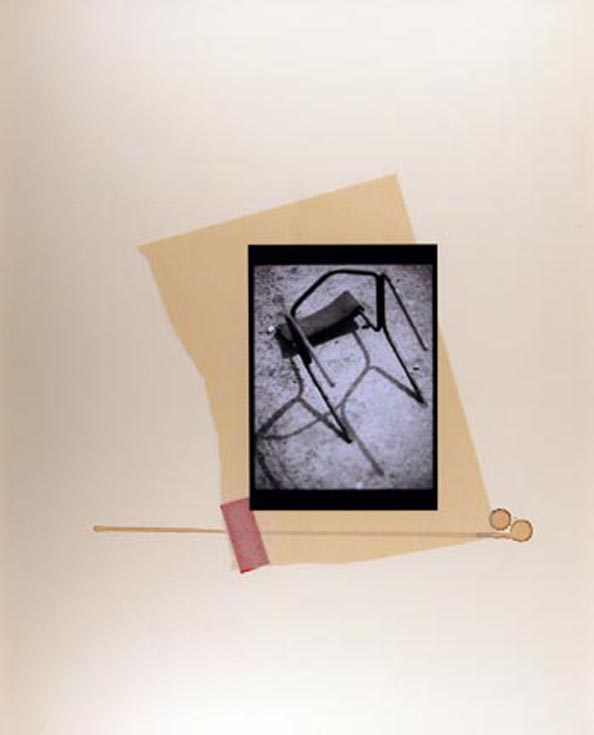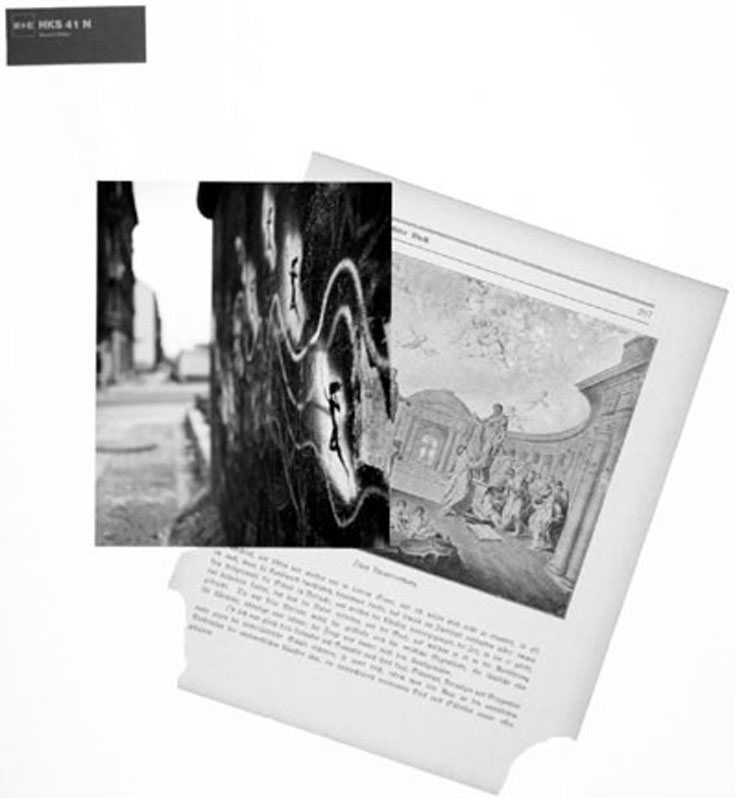John Gossage: The Berlin Projects

About the Exhibition
The Berlin Projects, included three series of photographs made by the contemporary American photographer John Gossage. In nearly a dozen visits since 1981, Gossage has photographed Berlin from myriad angles and at all hours. The first series of photographs that emerged– “Stadt des Schwarz” (translated “City of Black”)– evoke a sinister shadowland, as objects and buildings brood behind thick atmospheres that seem more psychological than physical. These twelve 30×40” silver gelatin prints led the viewer on a journey through an urban environment, oppressive yet beautiful. The viewer had to strain to see detail emerge from the prints, such as a limb of a tree, a single street light, the silhouette of a monument, the ominously present Berlin Wall.
“The Illustrated Life of Goethe” and “LAMF,” were tow more recent and equally provocative explorations of Berlin. The “Goethe” series, which takes its name from the writer whom Gossage sees as one of the few positive German icons, places the recent past in the larger context of German history. Gossage in this series transformed into 16×20” collages every page of a 1915 edition of Goethe’s biography. The gothic typeface of the pages and the colors of printers’ ink tabs combine to enhance and extend the compositional form and line of the photographs.
The series “LAMF,” photographed in just three days, is smaller-scaled with elements of collage. Here Gossage’s images floated on large sheets of German newspaper and emanated a very different feeling than those of the “Goethe” series. The printed words and pictures visually framed the artist’s photographs which added a further sense of context.
Ironically, after this exhibition was planned more than one year in advance for presentation at the Museum, one of the most incredulous events of the twentieth century took place. The Berlin of old, first of Germany and of Prussia, divided under postwar occupation in 1949, was united of sorts with the destruction of the infamous Wall, and magnified by the potential for change.
Image Gallery

